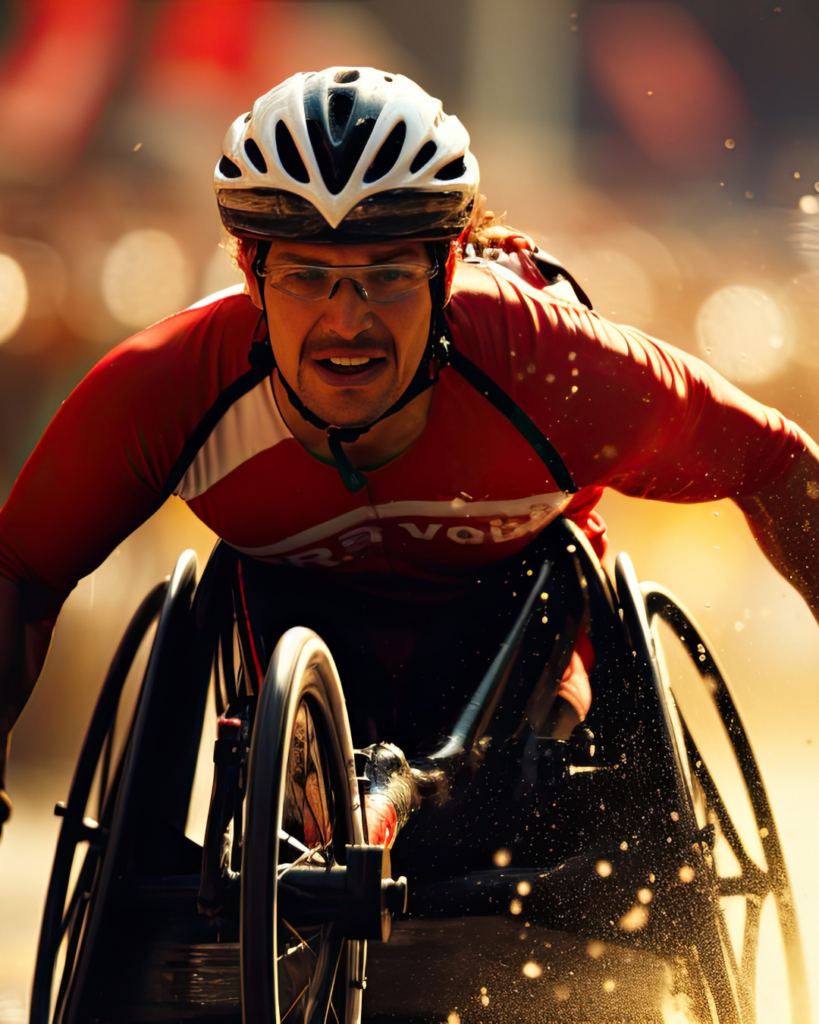With as much as 15% of the world’s population (roughly one billion people) living with a disability, the concept of disability inclusion is of paramount importance. Indeed, most people will face disability at some point in their lives due to age, illness, or injury. As a global health consultancy, COLUMBIA pure supports efforts to build an inclusive society that embraces all individuals, regardless of their abilities. This blog post explores the significance of disability inclusion and how it can positively impact communities, organisations, and individuals. By breaking down barriers and fostering an environment of acceptance and accessibility, we can collectively create a more equitable and inclusive world for everyone.
The Importance Of Disability Inclusion
Disability inclusion is not just a matter of compliance with laws and regulations; it’s a fundamental aspect of promoting diversity and equality in society. Here are some key reasons why disability inclusion is important:
- Diversity and Representation: Disability is a natural part of human diversity. Inclusion ensures that people with disabilities are represented in all aspects of society, from education and employment to politics and culture.

- Human Rights: Disability rights are human rights. Ensuring that individuals with disabilities have equal access to opportunities and resources is a fundamental ethical principle.
- Economic Contribution: People with disabilities make valuable contributions to the workforce and economy. Inclusive workplaces tap into a broader talent pool and can lead to increased innovation and productivity.
- Social Cohesion: Inclusive communities are more cohesive and resilient. When everyone has a stake in society and feels valued, it fosters a sense of belonging and social harmony.
- Legal and Ethical Obligations: Many countries have laws and regulations that mandate disability inclusion. Complying with these legal requirements is not only a moral obligation but also avoids legal consequences.
Creating Accessible Spaces: Creating accessible spaces is essential for enabling people with disabilities to participate fully in society. Here’s how to promote accessibility:
- Physical Accessibility
Ensure buildings, public transportation, and public spaces are wheelchair accessible and have accommodations like ramps, elevators, and designated parking spaces. In the United States, the American with Disabilities Act (ADA) of 1990 has guided many accommodations in public spaces. However, ADA doesn’t extend to private residential spaces, and there it is left up to individuals and families to create accessible spaces. Fortunately, an entire industry of accessibility consultants is emerging that can advise people on customised accessibility.

- Digital Accessibility: Make digital content and technology accessible. This includes websites, mobile apps, and digital documents that are compatible with screen readers and other assistive technologies.
- Communication Accessibility: Provide alternative forms of communication for individuals with hearing impairments or communication disorders, such as sign language interpreters or captioning services.
- Accessible Events: Plan events and gatherings with accessibility in mind, including considerations for people with mobility challenges, sensory sensitivities, and dietary restrictions.
- Accessible Transportation: Ensure public transportation is wheelchair accessible and that there are options for individuals with disabilities to travel independently.
Inclusive Employment Practices: Creating an inclusive workplace is vital for ensuring that individuals with disabilities have equal access to employment opportunities. Here’s how to achieve this:
- Diverse Hiring: Actively recruit individuals with disabilities. Implement inclusive hiring practices, such as providing accessible job postings and conducting bias-free interviews.

- Reasonable Accommodations: Be prepared to provide reasonable accommodations, such as assistive technology or flexible work schedules, to enable employees with disabilities to perform their job effectively.
- Inclusive Policies: Develop and enforce anti-discrimination and anti-harassment policies. Foster a workplace culture that values diversity and inclusion.
- Accessibility In The Workplace: Ensure that the physical workplace is accessible. This includes accessible restrooms, parking, and workspaces.
- Training and Sensitisation: Provide disability awareness training to all employees to promote understanding and empathy. Encourage open communication to address concerns and questions.
Shifting Attitudes And Fostering Empathy: Changing attitudes and fostering empathy are crucial aspects of disability inclusion, and these areas can be the toughest to navigate. Key aspects include:
- Education And Awareness: Promote education and awareness about disability issues. This can help dispel stereotypes and misconceptions and increase empathy.
- Media Representation: Encourage accurate and positive representations of people with disabilities in the media and popular culture. Representation matters in shaping public perceptions.
- Personal Interaction: Encourage interactions between individuals with and without disabilities. These interactions can break down barriers and reduce fear or discomfort.
- Supportive Language: Use respectful and inclusive language when discussing disability. Avoid derogatory terms or stigmatising language.
- Advocacy And Support: Support disability advocacy organisations and initiatives that work to promote disability rights and inclusion at local, national, and international levels.
By actively addressing these four points, the experts at COLUMBIA pure believe that society can move closer to achieving true disability inclusion. This not only benefits individuals with disabilities but also enriches communities and societies as a whole by fostering diversity, equality, and empathy.
DISCLAIMER:
Please note, all content provided is for informational purposes, and is believed to be accurate and current at the time of posting. It should not, at any time, be used in place of appropriate professional or expert advice.



